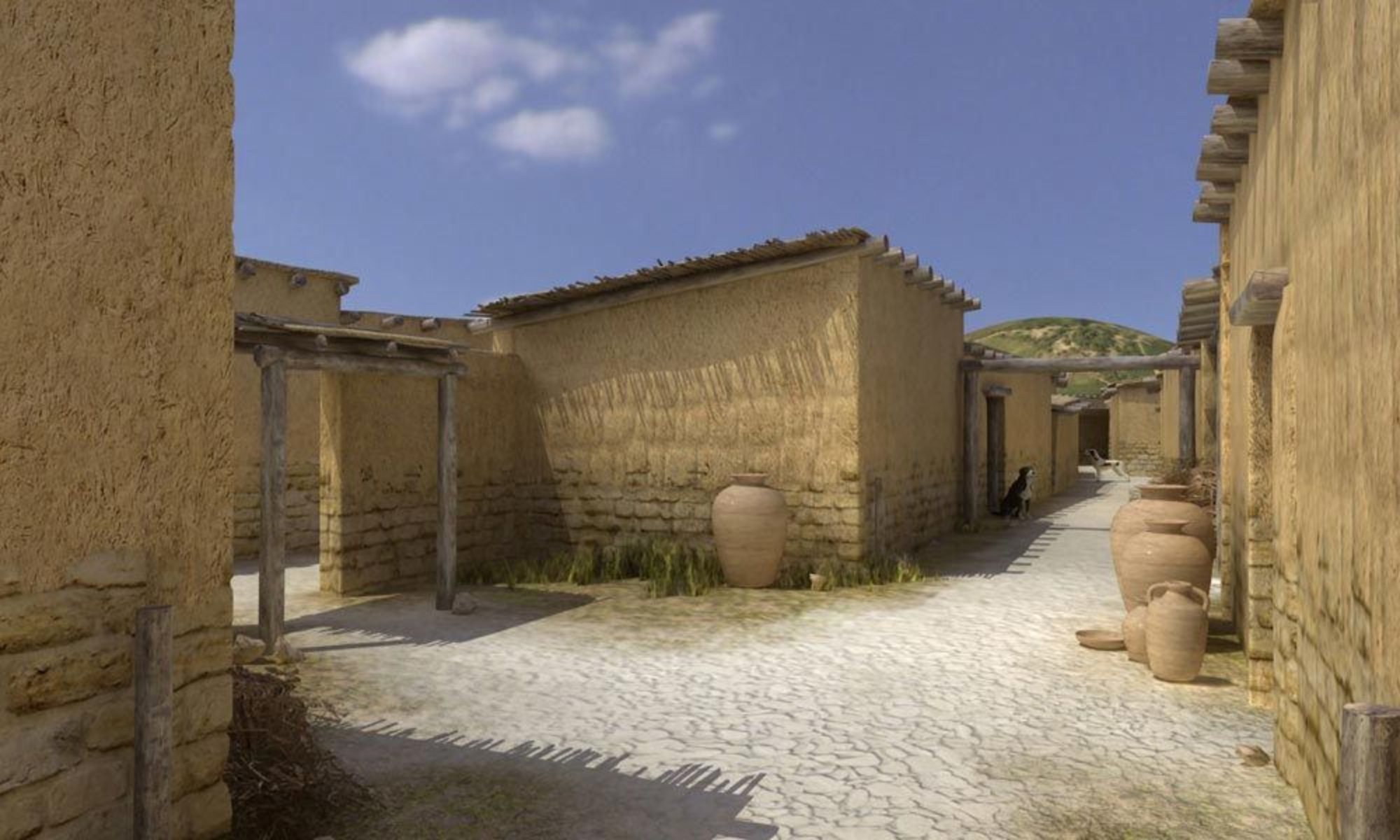
- Home
- The Gallic town
- The birth of the city and the rampart
- Outside the rempart
Beginning in the second century BCE, the protohistoric enclosure was gradually dismantled, as it stood in the way of urban extension. In addition, it contained four centuries of continuous habitation; successive layers accumulated, creating a marked difference in height between the town's interior and exterior. Several changes took place. The gate to the north (P5) was turned into a water collector, and the wall was breached in several places to create new passageways. The rampart was used as a support for several utilitarian buildings that were built in connection with the growing economic role of the port. In addition, wells were dug in the town.
At the same period, the inhabitants built two seawalls to the southwest of the town in order to contain the waters of the lagoon and to facilitate the town's extension.
Starting in the early first century CE, the rampart appears to have been nothing more than a memory in the landscape –the implantation of the Roman town, whose center was located more to the north, marked the end of an imposing monument that, for a time, was the symbol of the power and the cohesion of the port town of Lattara.
Associated media
Open Media Library

Gate P5

The port zone

Roman-era well

Gate P5

